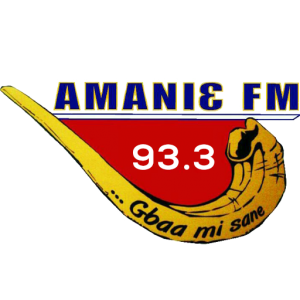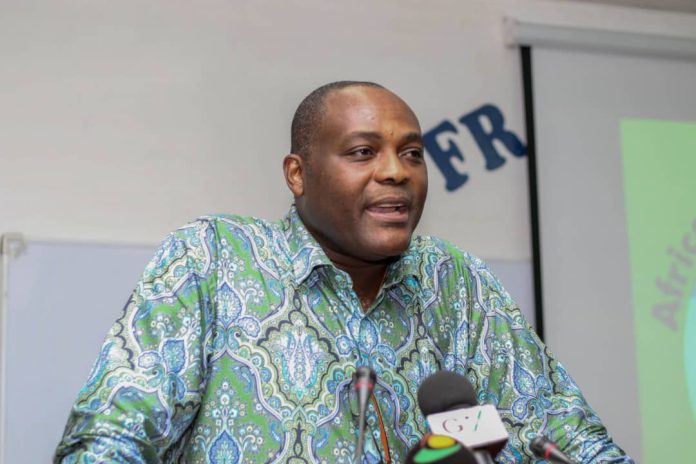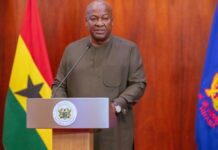Now we understand federalism better – a constitutional arrangement that mandates sharing of authority and responsibility between a national government and various sub-national governments. It is not about Ashanti nationalism. Within the context of democracy, both levels of government are elected by the people. In practice, this arrangement gives rise to spheres of influence rather than levels of governance.
Federalism may be classified in many ways, but I will like to make it simple with my own terms. The nature of the sub-national entities (states or regions) should define the type of federalism. In this regard, I create 2 broad types of federalism: Natural and Rational. Natural may further be divided into ethno-federalism and geo-federalism.
Ethno-federalism is founded on ethnicity. Geo-federation is by definition founded on location rather than ethnicity. Examples of ethno-federal states are Switzerland, Belgium, and UAE, all 3 are smaller than Ghana in land and population. Examples of geo-federal states are USA and Australia. Both ethno/geo-fed states are governed better than Ghana.
Nigeria is a bad example of ethnofederalism. Just as democracy died in Ghana after independence, so did federalism die in Nigeria after independence. The best time of practice of federalism in Nigeria was under limited self-rule 1952-60, just as the best time of practice of democracy in Ghana was between 1951-57. You may want to read the magic of Awolowo as Premier of Western Nigeria from 1952-60. Then, federalism worked.
The main problem with ethno-federalism is that, it follows natural boundaries so it can entrench natural inequalities especially so for an under-developed nation like Ghana. It does not take the size of the ethnic groups into account, so in Ghana one region has 5m people and another 800 000. How do we correct these natural setbacks and create a sensible State?
Enter the rational version of federalism; Economic Federalism or Eco-fed. The classical factors of production are: Labour, Land and Capital. In its purest form, this means equal number of people, on equal size of land and with equal funding. In policy and practical terms, Eco-fed means a system which equalizes the factors of production as much as possible. This is ARM’s version of federalism.
How does eco-fed solve our developmental problems?
In eco-federalism, natural borders are irrelevant so states can be formed across ethnic lines. This ensures that all the states are fairly equally populated – 8-10% of national population as a state may need critical mass of population to be self-sustaining. Each state starts with similar supply of labour.
Eco-fed will make it possible for a shift from the one-city development model (based on Accra) to a multi-city model where every state capital will have similar status and funding like Accra. Each state will have 5 similarly populated districts with same public funded infrastructure.
Capital is central to the economic process. Eco-fed ensures that the financial resources of the state are fairly distributed. VAT funds will be shared per capita and 25-50% of income tax will also be retained by the states. Infrastructural gaps will be bridged through the Council of State mechanism. Eco-fed bridges the gap.
Eco-fed is a politically engineered Fair State where each citizen has equal access to all opportunities. It is best operated at the sub-national level by leaders elected by the people and not appointed by a President. Eco-fed is about destroying this obroniwawu democracy and the resultant Santa State.
More details about funding, spheres of influence, governance, and benefits will be coming.
Tswa omanye aba.











